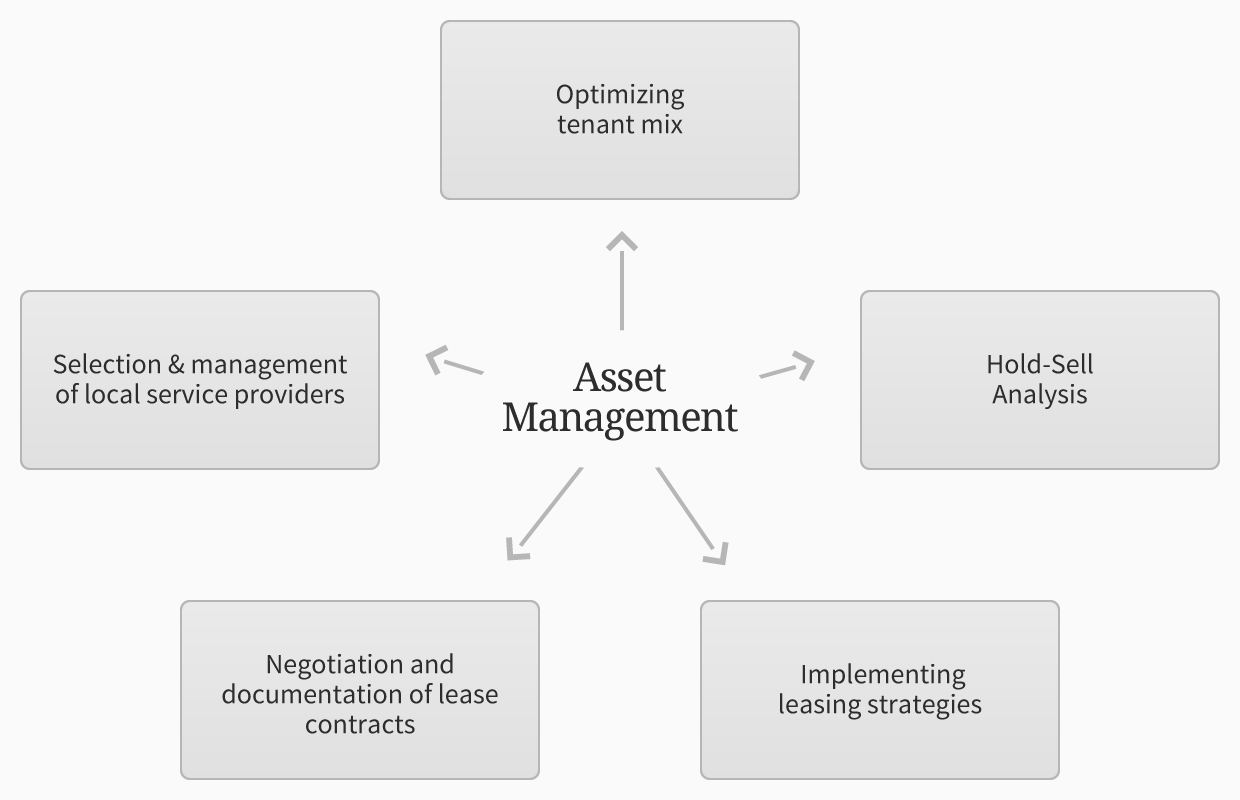
It can be difficult to manage residential properties. This is because it is a complex occupation. A residential manager must be well-versed in the laws and regulations of their jurisdiction, have the necessary skills, and be able to solve problems as they arise. These professionals act as a liaison between the tenants and the land owners. They are responsible to set rental rates, market the property, screen tenants, and negotiate lease terms.
There are many routes to this field. One way to get into this industry is to become licensed property manager. You will need to take classes and pass a test. Licensee managers are responsible for collecting rent payments and following up on them.
Another alternative is to hire an individual property manager. Individual property managers tend to be more involved in their operations and will often find creative solutions to their clients' problems. They are likely to cost more than other managers.
Property management is crucial to keep your property in good shape. Ideally, they will be able to make repairs, screen prospective tenants, and coordinate maintenance issues. They will be able suggest good legal counsel and know the legal aspects of renting an apartment.

Most residential managers work for homeowners, landlords and condominium associations. Their services can be provided by a single individual or a large corporation with many employees. Property managers will coordinate and oversee maintenance, screening tenants, as well as all aspects of maintaining a building's administrative functions.
Larger businesses can reap the benefits of economies of scale. This is especially true when managing multiple properties. A management firm with many resources and expertise is a great idea.
You will have a better customer service experience. They will also have a more extensive team of people to handle day-to-day operations. They will also be able to offer competitive pricing.
Some residential property managers employ in-house maintenance teams. Others rely on external contractors to complete repairs. It does not matter what contractor you choose, but it is important to keep track all expenses so that there are no IRS penalties.
A good residential manager will also be able find the best way to market your property. If you want potential tenants to come to your property, make sure to have images that are appealing to them. Moreover, you will need to show them all the amenities of the building.

If you have the right professional, it is possible to enjoy all the benefits of owning your property without having to deal with the hassle. Not only will they be able to find a tenant for your property, they will be able to collect rental income and keep you informed of any problems that might crop up. You should be able to rest assured that your investment will be in good hands.
Look for property managers jobs by consulting local agents. They will help you find jobs that match your skills and interests. Make sure you search the internet for available jobs in your local area.
FAQ
What qualifications are necessary to be a handyman
A handyman's most important attribute is patience. You should also have experience working on electrical systems, carpentry skills, plumbing knowledge, and a strong understanding of home maintenance.
It is likely that you will find many jobs for people who have the right qualifications. But if you don’t, you may not be qualified.
A school that specializes is a good place to start your training.
How do I find a trusted handyman?
You should always get references before you hire a handyman. Ask family members and friends who have dealt with them in the past. Look online too - there are many sites where handymen leave reviews.
Which is more difficult: being a contractor or a handyman.
As you only require yourself and your tools, being a handyman takes less time than contracting. Contractors rely on subcontractors to complete most of the work. You must manage your own schedule and workload.
Statistics
- “Once the pandemic hit, that number fell to about 20%.” (inquirer.com)
- A franchise was approximately $110,000 with a franchise fee of $14,900, according to a spokesperson for a national handyman franchise. (en.wikipedia.org)
- More than 20% of homes in America have outdoor living spaces, including decks and patios. (mrhandyman.com)
- “Before the pandemic, 40% of people asked how we could estimate a job when we weren't there,” Rose recalled. (inquirer.com)
- An estimate was that in 2003, the market for home maintenance and repair spending was up 14% 2001 to 2003. (en.wikipedia.org)
External Links
How To
How to Replace a Broken Tile
Step 1 - Take out the old tiles.
Take out the tiles and place them on a new flooring surface. If you intend to use them, you will want to keep them intact. It's important to note which parts are missing or damaged in order to be able to find the right replacements.
Step 2 - Choose New Tiles
Take a look at some different options available for tile replacement.
-
You can find a tile replacement that is similar to the one you have just removed.
-
To find the right piece, take the measurements you took as you were removing the tiles. This will make it much easier to find the right size without measuring again.
-
You should look for different colors, patterns and textures.
-
Consider which grout you would like to use, if any. Some people prefer solid color; others enjoy mixing it up.
-
Choose a tile that resists moisture.
-
Consider the location of your tile. You can save both time and money by making sure that there is enough room for proper installation.
-
Once you've decided on your tile, you can order it online or by calling your local Lowe's to place your purchase.
Step 3 – Install the new tiles.
Install your tiles using the same method you used before. It is important to align them correctly so they fit together properly.
Step 4 -- Clean Up
Make sure to clean up all debris and other materials before applying the final layer of protection material.
This will prevent dust and dirt from building up between the tiles.
Step 5: Sand down the Floor
After cleaning everything, sand down the floor to remove any loose particles left behind by the previous step.
Step 6 -- Finish Off
Once the floor is smooth, apply the protective coatings. You should wait until this stage as wet paint can stain new tiles.
Remember, you can always use a product called "damp-and-dry" on your floors to help protect against stains.
However, it will not cover all possible problems that may arise after you have installed your tiles. An anti-slip coating can be added to the protective layer for children who are often running around.
Finally, don't forget to keep your protective sealer in place for several weeks before moving into your new home.